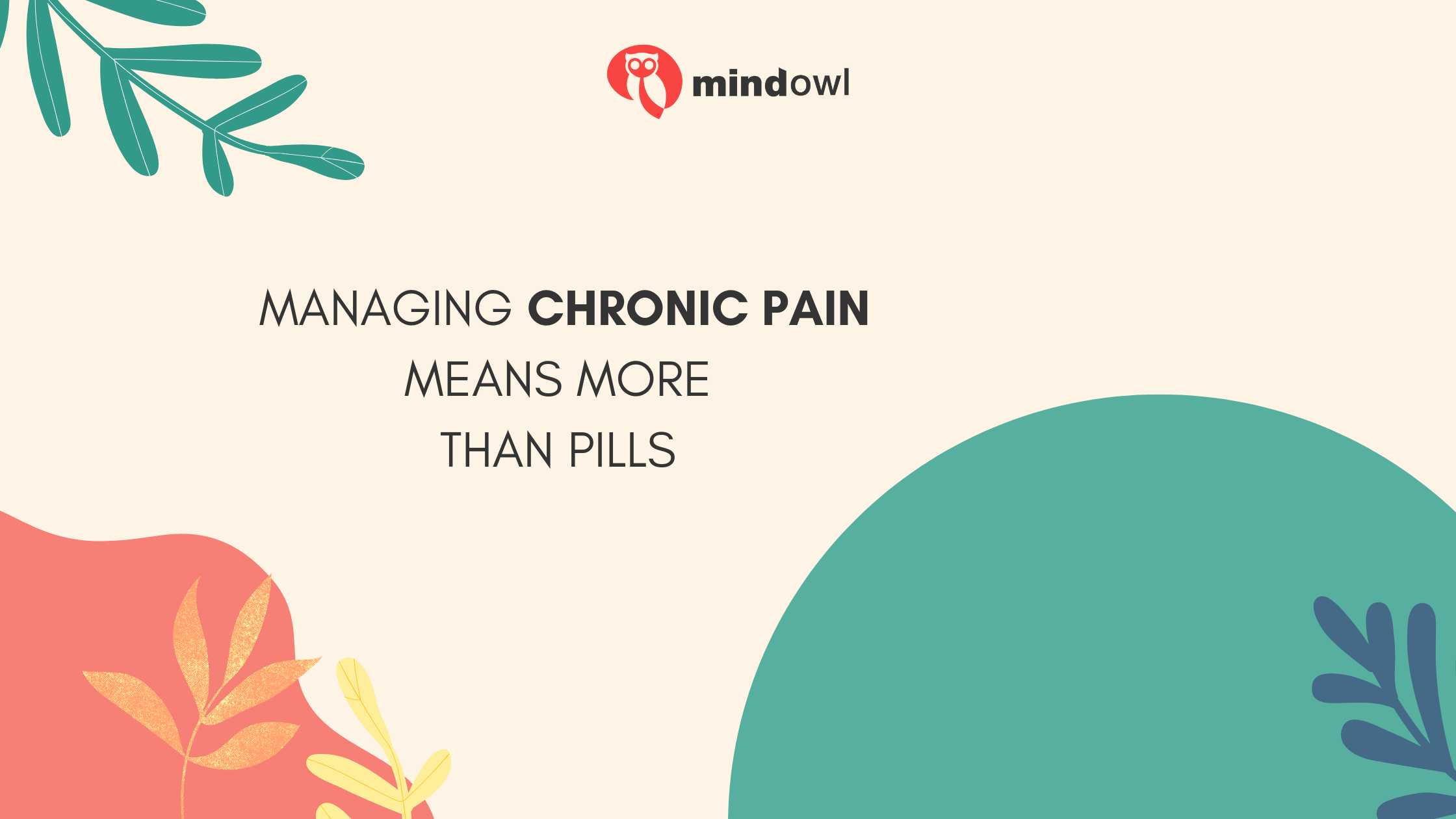Chronic pain, an enduring adversary, represents far more than just a persistent physical discomfort. It is a complex, multifaceted condition that infiltrates every corner of an individual’s existence, extending far beyond the immediate sensation of ache or throb. While pharmaceutical interventions often serve as the primary focus in traditional medical models, they rarely offer a complete and lasting solution to such an intricate challenge.
This shift towards personalized care acknowledges the patient as an active, invaluable participant in their healing process, moving beyond mere symptom suppression to embrace a comprehensive view of well-being. This comprehensive understanding often involves integrating subjective patient experiences with objective data. For example, in certain chronic pain scenarios, particularly those with potential musculoskeletal components or concerns about overall physiological health impacting recovery, utilizing advanced diagnostic tools like a DEXA scan Sarasota can offer crucial insights into factors such as bone density or body composition, further informing a tailored treatment strategy.

The Power of Narrative: Why Your Story Matters in Pain Management
The personal story of someone living with chronic pain is an indispensable diagnostic tool, offering insights that scans and blood tests simply cannot capture. It provides crucial context, shedding light on the genesis, evolution, and profound impact of their ongoing discomfort. A purely diagnostic approach, fixated solely on objective markers, inevitably overlooks the intricate tapestry of psychological, social, and lifestyle factors that shape the pain experience. By actively listening to a patient’s narrative, clinicians can unearth vital clues: recurring triggers, deeply ingrained coping mechanisms, or the subtle yet pervasive emotional toll that chronic pain extracts. This collaborative exchange fosters a bedrock of trust between patient and provider, transforming the clinical encounter into a partnership. For instance, a patient might reveal a history of seemingly unrelated trauma, chronic work-related stress, or a series of unhelpful previous treatments, all of which significantly influence their current pain presentation and potential pathways to relief. This holistic understanding, woven from the threads of personal experience, becomes the true foundation for designing a truly effective and empathetic diagnostic and treatment strategy, moving beyond superficial assumptions to address the root causes and individual challenges.
Beyond Imaging: A Deeper Look at Diagnostic Tools
While advanced diagnostic tools play a vital role in identifying the physical underpinnings of chronic pain, it’s crucial to acknowledge their inherent limitations in capturing the complete picture. A thorough diagnostic process extends beyond simply looking at an isolated image; it integrates these objective findings with the rich context provided by the patient’s story. For example, within a comprehensive well-being center like an Osprey Polyclinic, a patient’s detailed medical history and narrative insights are paramount. This allows healthcare providers to judiciously guide the selection of appropriate diagnostic imaging, ensuring that tests are not ordered gratuitously but are instead purposeful and informative. While an X-ray or MRI might reveal structural anomalies like disc herniations or arthritic changes, a DEXA scan could be utilized to assess bone density, potentially uncovering osteoporosis, a condition that can contribute significantly to chronic pain, especially in weight-bearing joints or the spine. These tools, when interpreted within the framework of the patient’s lived experience of pain, provide valuable pieces of the puzzle. They are not the sole determinants of a treatment plan but rather complementary aids, their selection and interpretation profoundly influenced by the individual’s unique story and the broader context of their health.
Multidisciplinary Approaches: Weaving a Holistic Treatment Tapestry
Effective chronic pain management necessitates a departure from singular interventions, embracing instead a truly multidisciplinary approach. This involves weaving together a tapestry of diverse non-pharmacological interventions, each addressing a unique facet of the pain experience.
Consider physical therapy to restore function and reduce mechanical stress, occupational therapy to adapt daily activities and preserve independence, or various forms of psychological support like Cognitive Behavioral Therapy (CBT) or Acceptance and Commitment Therapy (ACT) to reframe pain perceptions and foster resilience. Mindfulness practices, nutritional guidance, and even ancient healing modalities like acupuncture can each contribute significantly. The beauty of this integrated model lies in its ability to be meticulously tailored to the individual’s specific needs, as illuminated by their initial narrative.
For instance, highly effective pain management clinics excel at coordinating care across a network of specialists, from physical therapists and psychologists to dietitians and interventional pain specialists. This ensures a cohesive and patient-centered strategy where each piece of the puzzle, informed by the patient’s deeply understood story, contributes to a more comprehensive and ultimately more effective pathway to sustained relief and improved quality of life.
Empowering the Patient: Building Self-Management Skills
A critical shift in managing chronic pain involves transitioning patients from passive recipients of care to active architects of their well-being. This empowerment hinges on equipping individuals with robust self-management skills, allowing them to navigate the daily fluctuations of pain with greater autonomy and confidence. Strategies such as learning effective pain coping mechanisms, setting realistic goals, pacing activities to prevent flare-ups, practicing stress reduction techniques like deep breathing or meditation, and optimizing sleep hygiene are fundamental. Education is paramount here; when patients truly understand the complexities of their condition, they can make informed decisions and actively participate in their treatment journey. The cultivation of self-efficacy – the belief in one’s capacity to manage situations and achieve goals – is profoundly empowering and directly correlates with an improved quality of life despite chronic pain. Practitioners serve not just as diagnosticians or prescribers, but as guides, coaching patients to discover their inherent strengths and develop personalized tools for managing their unique challenges. This focus on building internal resilience and practical skills is a direct outgrowth of truly hearing and understanding each patient’s individual story, recognizing their inherent capacity for growth and adaptation.
Conclusion
Ultimately, the journey through chronic pain management transcends the mere suppression of symptoms. Its true efficacy is rooted in a profound, compassionate understanding of the individual behind the diagnosis. The patient’s narrative, rich with personal history, emotional landscape, and daily struggles, serves as the indispensable foundation upon which a comprehensive, multidisciplinary, and empowering treatment plan can be built. This holistic approach, prioritizing human connection and deep comprehension, offers far more than fleeting relief; it paves the way for a sustained improvement in quality of life, often leading to a reduced reliance on pharmaceutical interventions and a profound enhancement of overall well-being. By embracing the unique story of each person, healthcare providers can cultivate an environment where trust flourishes, and where the inherent complexities of chronic pain are met with equally sophisticated and empathetic solutions. The enduring value of this patient-centered philosophy lies in its capacity to transform a challenging condition into an opportunity for resilience, enabling individuals to live more fulfilling lives, even in the persistent shadow of pain.
MindOwl Founder – My own struggles in life have led me to this path of understanding the human condition. I graduated with a bachelor’s degree in philosophy before completing a master’s degree in psychology at Regent’s University London. I then completed a postgraduate diploma in philosophical counselling before being trained in ACT (Acceptance and commitment therapy).
I’ve spent the last eight years studying the encounter of meditative practices with modern psychology.

